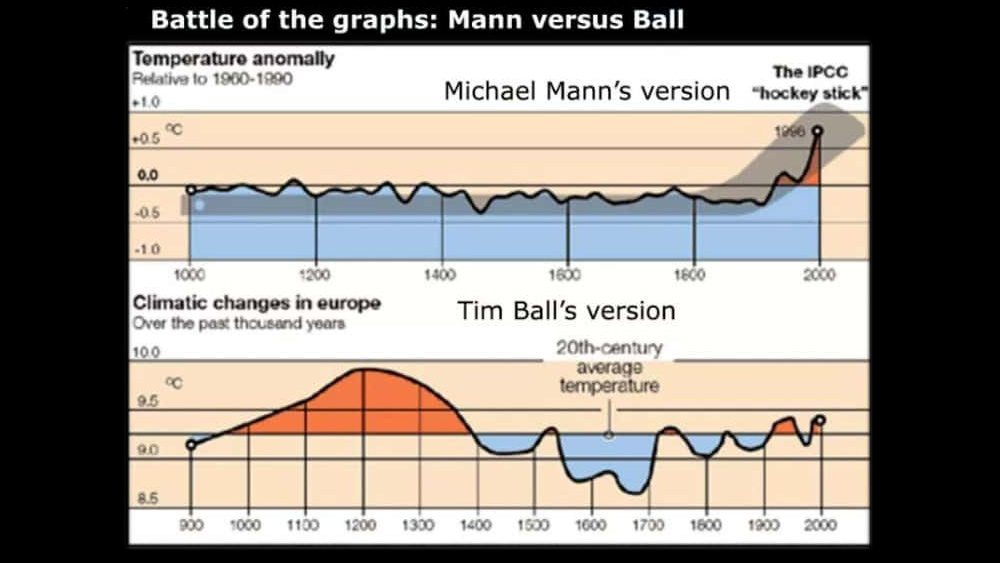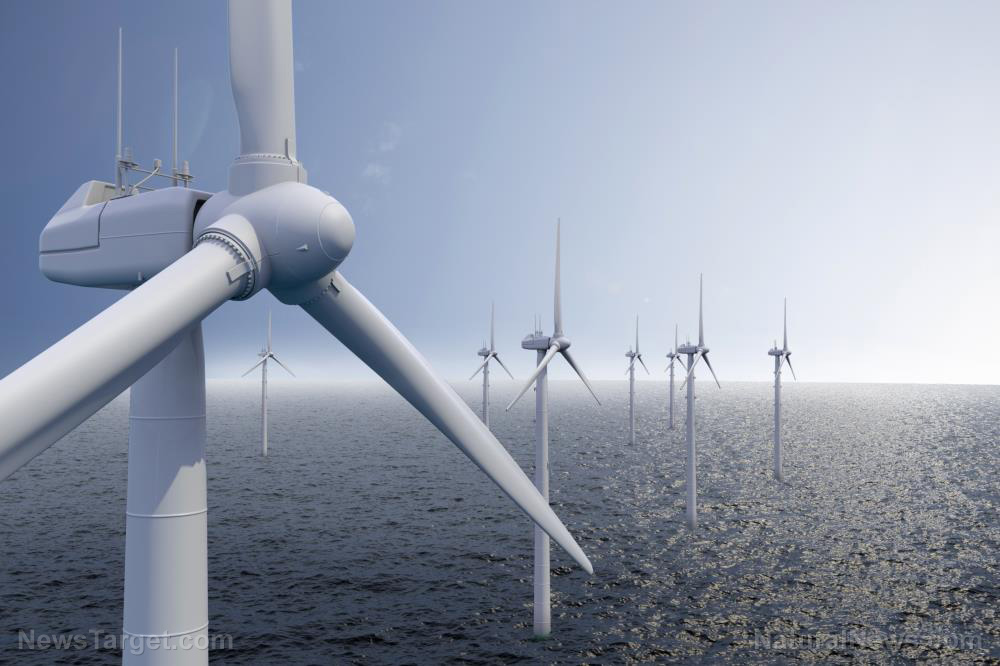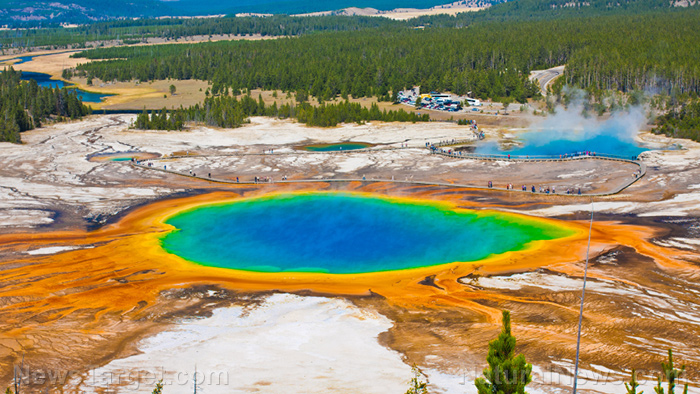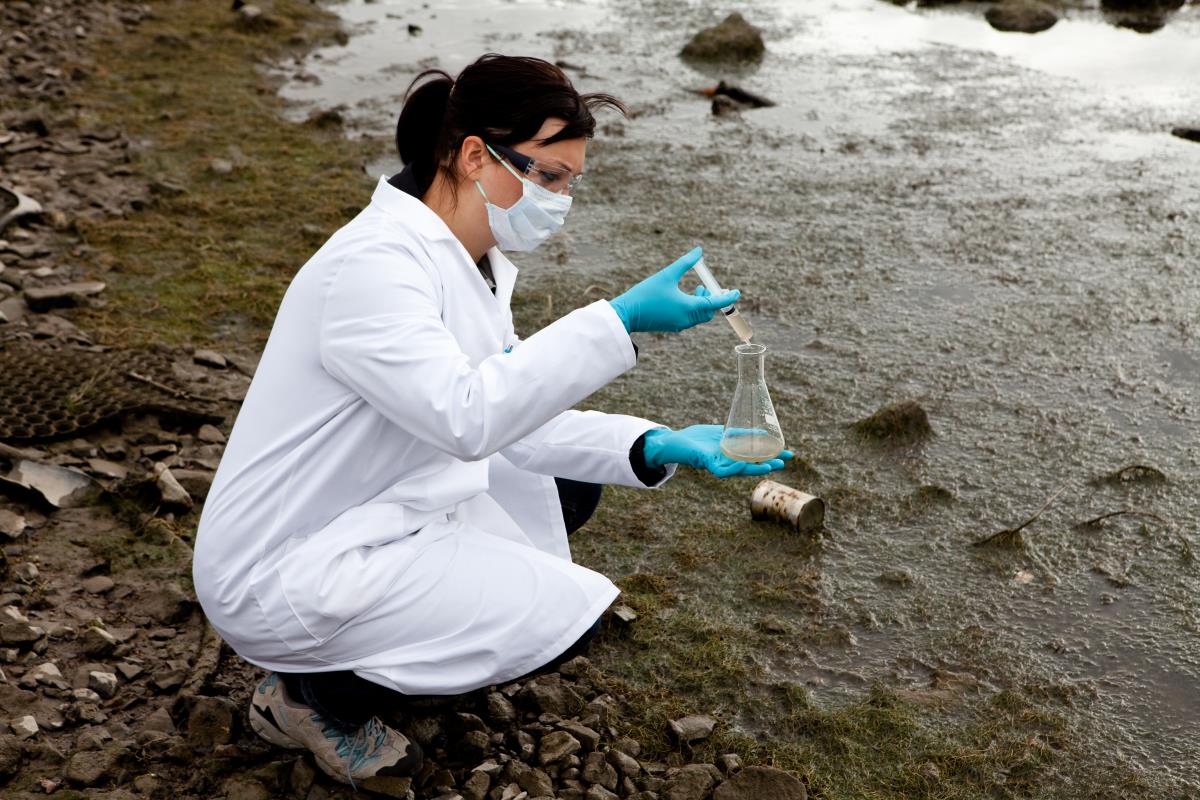Oxygen loss in ancient oceans led to mass extinctions – will history repeat itself?
08/25/2019 / By Edsel Cook

The ongoing drop in ocean oxygen levels is not a new thing. Researchers warn that a similar loss of life-giving gas in the ancient oceans may have triggered a mass extinction in marine life more than 430 million years ago.
The Ireviken extinction event took place during the Silurian Period of Earth. It killed off numerous ancient species that survived previous mass extinctions in earlier geologic periods.
The mass extinction claimed four out of every five eel-like conodonts. It also decimated half of the existing of trilobites at the time, although the ancient marine arthropods would bounce back from this.
Researchers from Florida State University (FSU) recently came across strong evidence that the depletion of oxygen levels in the Silurian oceans may have led to the Ireviken mass extinction event. Their findings indirectly indicated that the recent decline of oxygen levels in the world’s oceans posed a similarly severe threat to ocean life.
Their complete study may be found in the science journal Earth and Planetary Science Letters. (Related: Back from the dead: Giant tortoise species deemed extinct for 100 years recently found alive in the Galapagos.)
Oxygen depletion caused mass extinction during Silurian Period
Previous studies failed to find any link between the Ireviken mass extinction and the chemical changes in the Silurian oceans. FSU researcher and lead author Seth Young described the connection between the two simultaneous events as “mysterious.”
Young and his colleagues ran an experiment with multiple chemical proxies. They used stable isotopes of carbon and sulfur, as well as the geochemical signatures of iodine, to measure oxygen loss in rock samples that were underwater during the Silurian period.
Their efforts yielded the first detailed analyses of local and global oceanic oxygen fluctuations during the Ireviken mass extinction event.
“Those are three separate, independent geochemical proxies, but when you combine them together you have a very powerful data set to unravel phenomena from local to global scales,” explained Young. “That’s the utility and uniqueness of combining these proxies.”
The FSU researchers applied their multi-proxy test to samples obtained from field sites in Nevada and Tennessee. While the locations were on dry land today, they were covered by ancient oceans during the Silurian period – specifically, during the Ireviken event.
Laboratory evaluation of the rock samples uncovered a connection between the drastic shifts in ocean oxygen levels and the mass extinction of many Silurian marine animals.
Current oxygen depletion of the oceans may repeat Ireviken extinction event
Young and his colleagues reported that the Silurian oceans experienced oxygen depletion at the same time as the Ireviken mass extinction event. Furthermore, the changing sea levels brought oxygen-poor waters into shallower waters that harbored more living organisms.
Oxygen levels in the inhabited areas dropped by a considerable margin. The teeming population in the shallow waters began dying off in droves.
However, Young added that not every part of the Silurian global ocean suffered from drastic oxygen loss. They found that only eight percent of the oceans displayed dangerously low oxygen levels and lethally high concentrations of sulfide.
Based on their findings, he and his team theorized that oxygen loss does not have to take place throughout the entire world ocean before it causes serious consequences. The current depletion of oxygen in the seas might eventually lead to a repeat of the Ireviken mass extinction in modern times.
“I think it’s important to see how these events played out all the way from extinction interval through recovery period, how severe they were and their connections to the ancient environment along the way,” shared Young. “That could help us figure out what’s in store for our future and how we can potentially mitigate some of the negative outcomes.”
Sources include:
Tagged Under: aquatic life, Collapse, Ecology, environ, environment, extinction, Extinction Event, global extinction, lower oxygen levels, marine ecosystems, marine life, mass extinction, ocean environment, Oceans, oxygen levels
RECENT NEWS & ARTICLES
COPYRIGHT © 2017 SCIENTIFIC NEWS



















